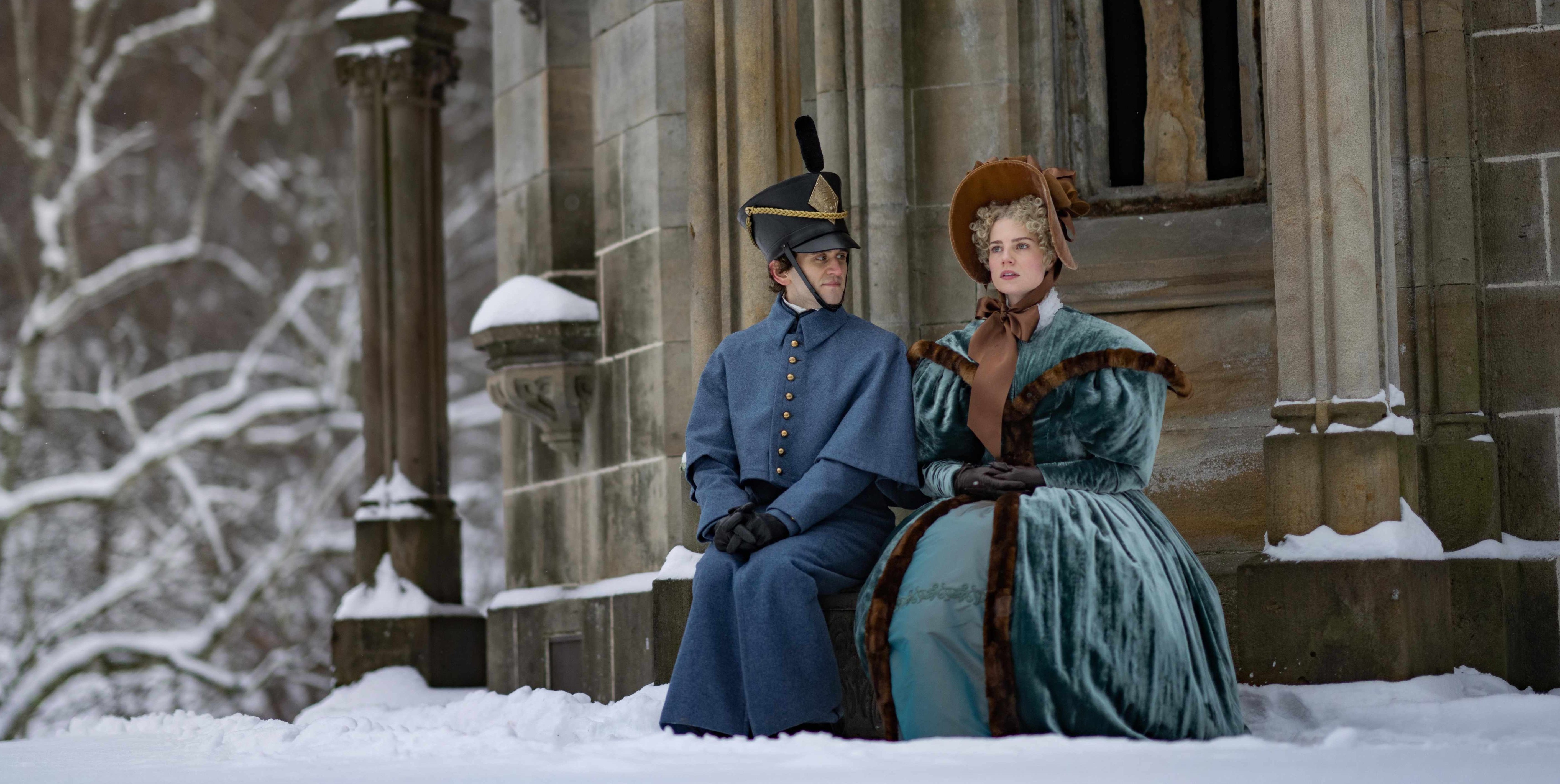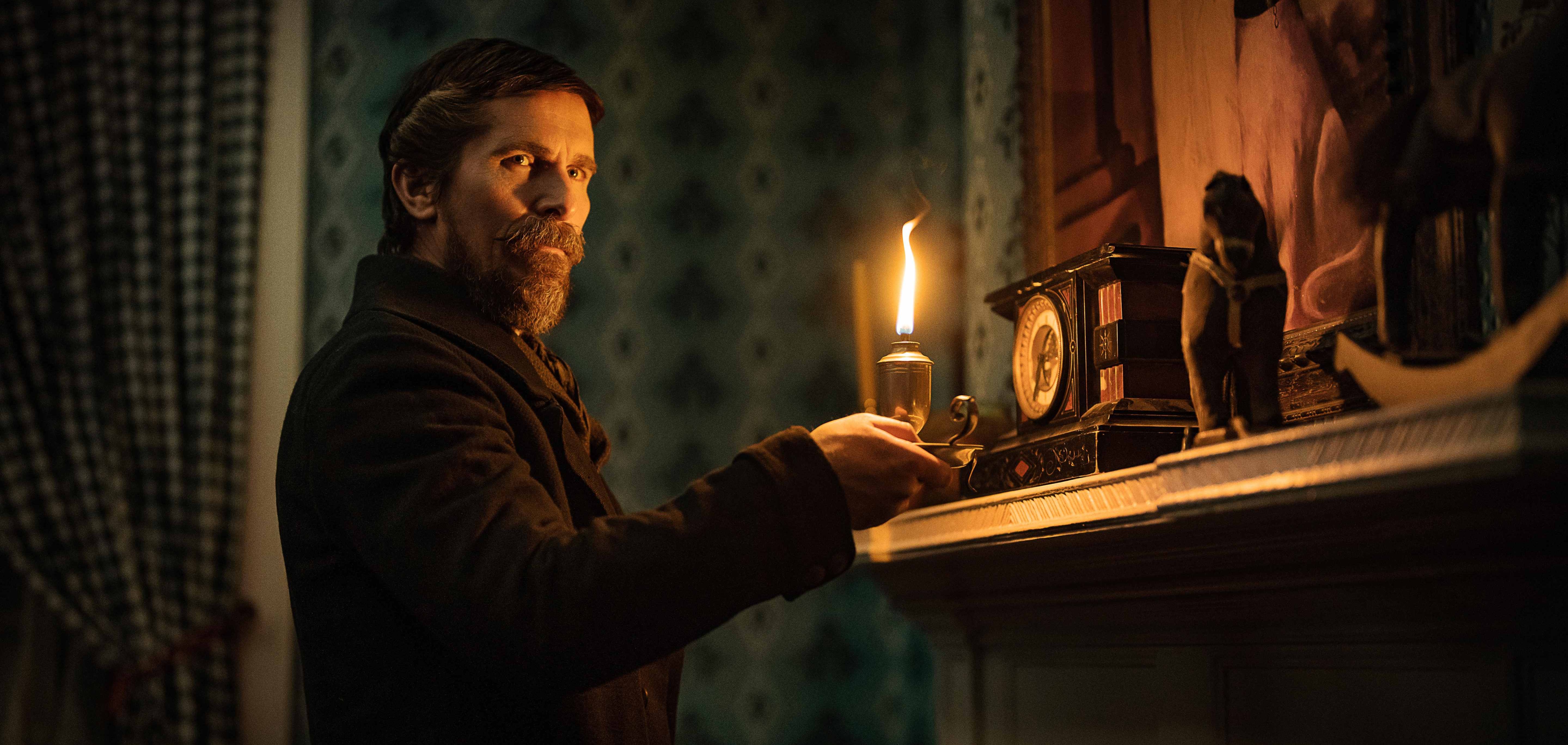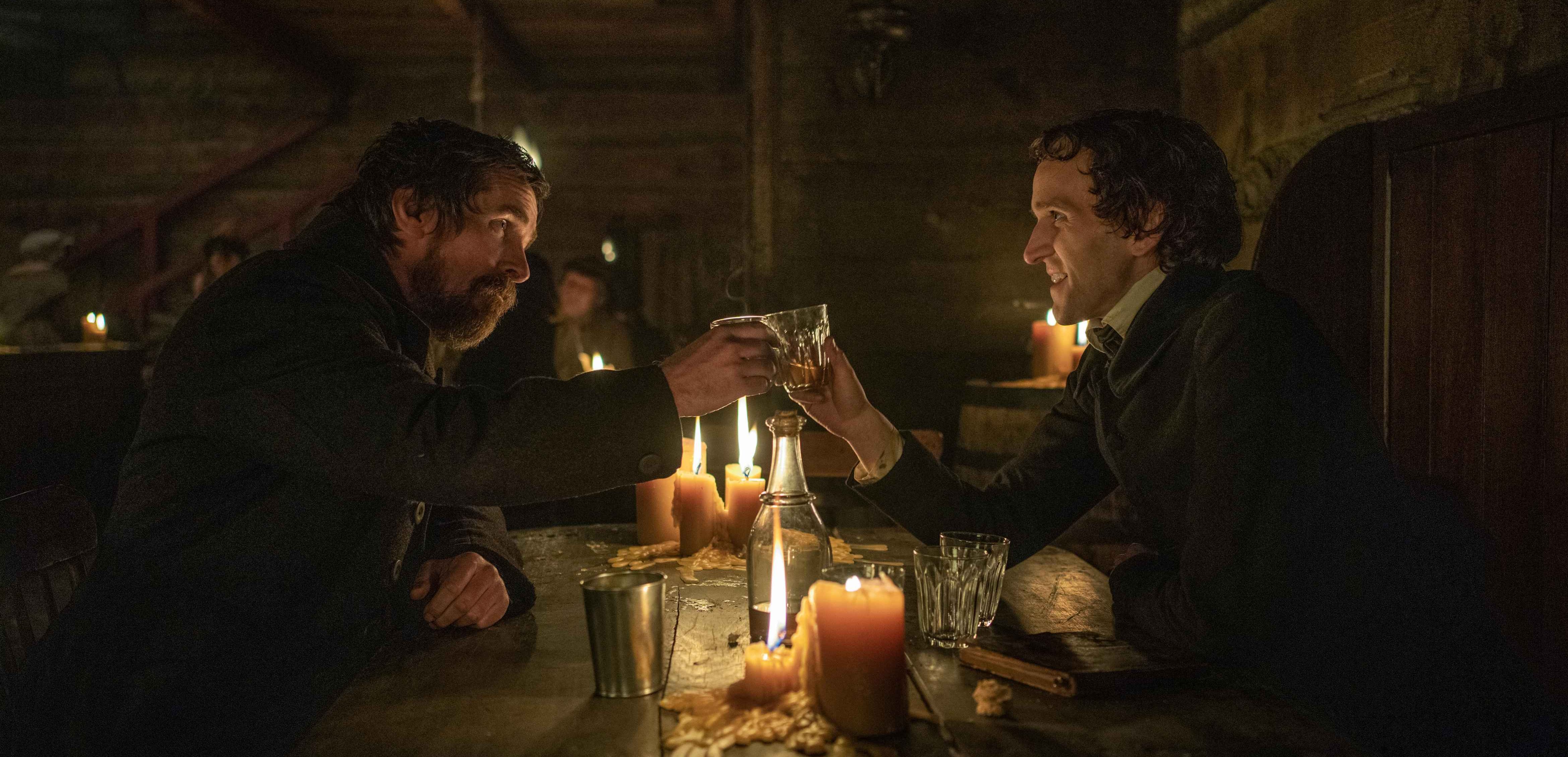Netflix’s murder mystery film ‘The Pale Blue Eye’ follows the murders of Leroy Fry and Randolph Ballinger, two young cadets of the United States Military Academy, based in New York. After Fry’s death, the Academy brings in renowned detective Augustus Landor for solving the same. When Ballinger also gets killed, Landor tries his best to avoid a third victim by capturing the murderer. He teams up with a young cadet and published poet named Edgar Allan Poe to solve the murders. Intrigued by the film’s title, we have found out more about its significance and place in the narrative of the historical drama. Well, let us share our thoughts regarding the same! SPOILERS AHEAD.
Beyond Reference: The Pale Blue Eye as a Narrative Clue
The title ‘The Pale Blue Eye’ has several sorts of significance in the film. First of all, Scott Cooper’s film is an adaptation of Louis Bayard’s eponymous novel, which offers a fictional origin story of Edgar Allan Poe, one of the greatest American writers of all time. Since Bayard wanted his novel to depict the fictionalized version of Poe’s emergence as a poet/writer, he felt that a phrase from Poe’s bibliography is a fitting title. Thus, the author discovered the phrase “the pale blue eye” in ‘The Tell-Tale Heart,’ one of the most acclaimed short stories of the writer.

“There are lots of Easter eggs salted throughout the book, starting with the title itself, which comes from ‘The Tell-Tale Heart,’” Bayard told Netflix’s Tudum. “One of his eyes resembled that of a vulture — a pale blue eye, with a film over it. Whenever it fell upon me, my blood ran cold,” Poe’s short story reads. However, the significance of the phrase doesn’t end with the reference to the line in the renowned short story. Bayard, like Cooper who adapted the book into the film, integrated the phrase into the narrative of the novel as a significant part of the murder mystery.
In the film, a poem gets formed in Poe’s mind the night Leroy Fry is killed as he was sleeping. After waking up, he wrote the poem on a sheet of paper and realized that it is about a maiden with “the pale blue eye,” who is in unbearable distress. The phrase “the pale blue eye” features in the poem as, “To the maid with the pale blue eye” and “To the ghoul with the pale blue eye.” The young poet initially believes that the poem is about Lea Marquis, who becomes his sweetheart. Since Lea is terminally sick, Poe thinks that the distress he saw in the maiden is Lea’s sickness.

In Bayard’s source novel of the film, Poe eventually realizes that the maiden in distress isn’t Lea but Mathilde AKA Mattie, Landor’s late daughter. After composing the entire poem, Poe picks out the starting letter of every stanza, which reads, “Mathilde died.” The young poet connects the death of Mathilde to Fry’s death, which leads him to local bartender Patsy, who reveals to him how Mathilde was raped by a group of cadets. He also learns that Mathilde killed herself by falling off a cliff after the heart-rending incident. It doesn’t take long for Poe to conclude that one of the cadets was Fry and he was murdered by Landor to avenge the death of the latter’s daughter.
‘The Pale Blue Eye’ is ultimately a father-son relationship drama that revolves around Landor, who becomes a father figure for an orphaned Poe, who becomes the son of the detective, helping him deal with the wound caused by the death of his only child Mathilde. When Poe realizes who was really the maiden with the pale blue eye, he understands that Landor is a murderer, which makes them part ways.
Read More: The Pale Blue Eye Ending, Explained


You must be logged in to post a comment.